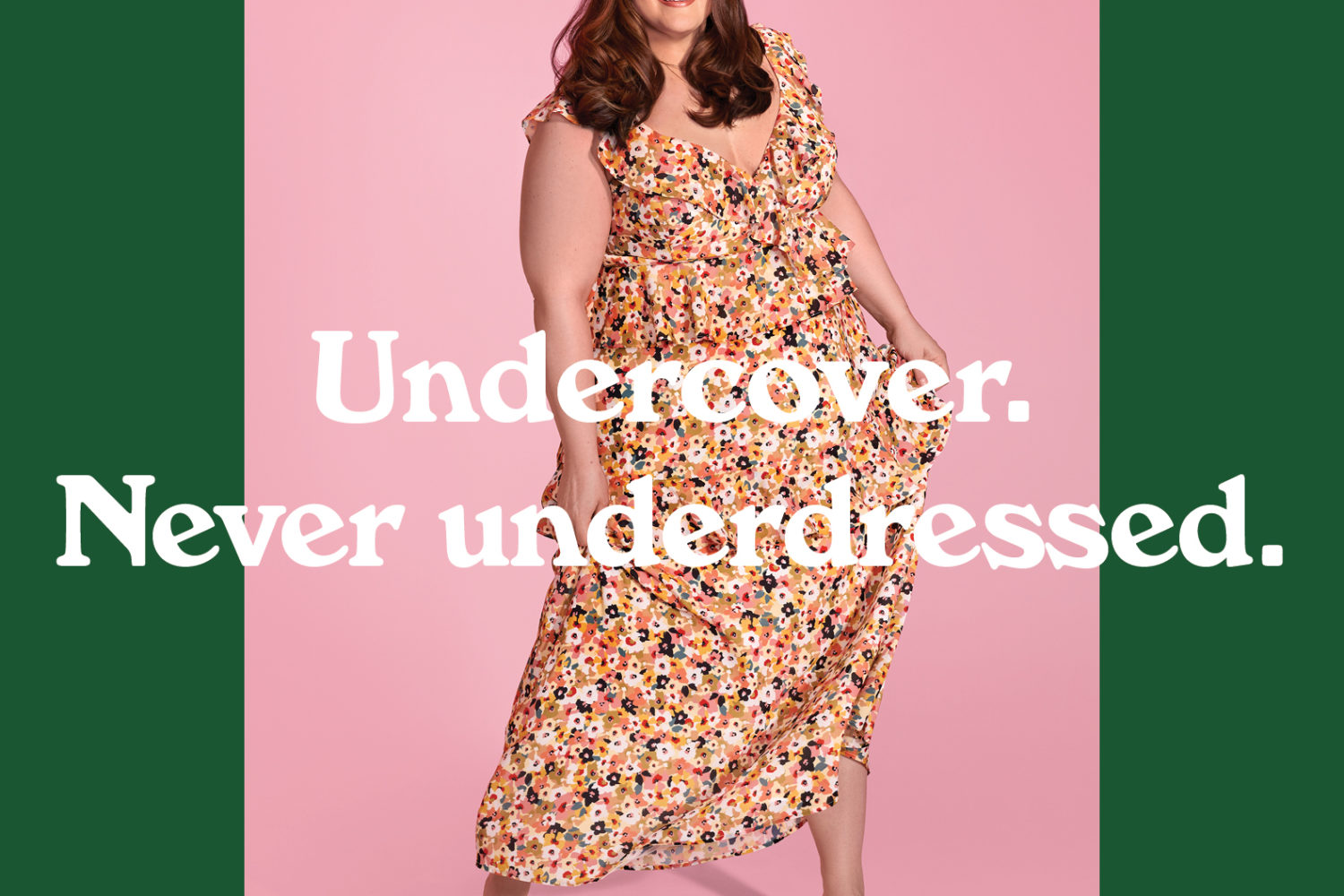Changing how and what you eat is often the first step to losing weight, but for many people that’s no easy feat—especially when yet another fad diet pops up promising to help you shed pounds and feel healthier.
Experts say there’s one simple question to ask when deciding if a diet is right for you: “Could I eat like this for the rest of my life?” If you answer no, it isn’t likely to be a success.
We asked dietitians to rate some popular diets, from one that bans cooking to a diet that turns out to be best for heart health.
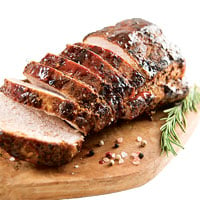
Paleo Diet
Also known as the caveman’s diet, Paleo emphasizes eating from the same food groups as Paleolithic hunter-gatherers did. Though it promotes grass-produced meat, seafood, vegetables, fruit, and nuts, it bars dairy, grains, beans, refined sugar, and processed foods.
Rating: C
Registered dietitian Rebecca Scritchfield says that while eliminating highly processed and sugary foods from your diet is always a good idea, this regimen loses points because it “cuts out entire food groups that offer good nutrition, especially beans.”
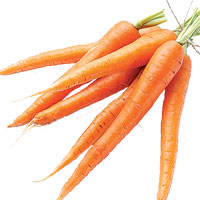
Raw-Food Diet
Raw-foodists refrain from eating food that has been cooked above 115 degrees Fahrenheit, processed, microwaved, genetically engineered, or exposed to pesticides. Raw animal products are allowed, but fruits and vegetables are the mainstays.
Rating: B minus
Dieters are bound to lose weight from eating raw food, but Fairfax dietitian Danielle Omar warns that the lifestyle can be a chore. “Because of the restrictions, you need to dive into the whole raw-food community and become a part of it,” she says. “That’s unrealistic for a lot of people.”

The 5:2 Fast Diet
This diet promotes intermittent fasting, in which you eat normally for five days, then fast for two. While fasting, dieters cut their typical caloric intake by 75 percent, amounting to approximately 500 calories for women and 600 for men.
Rating: D
“Of course fasting is going to help you lose weight—at least temporarily,” says DC dietitian Katherine Tallmadge. But she warns: “You can more than make up for the two days by binge-eating during the other five. I can understand fasting as a religious rite, but beyond that it’s not healthy.”
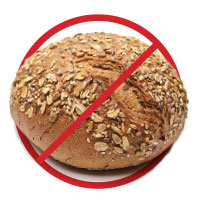
Gluten-Free Diet
This diet eliminates gluten, a protein in grains such as wheat and barley. The regimen is aimed at people with celiac disease and those who are gluten-intolerant, although professional athletes have credited the diet for their leaner bodies and improved performances.
Rating: C
“There are benefits to going gluten-free because you choose healthier grains, avoid processed foods, and opt for more plant-based options,” Omar says. Yet Tallmadge says that gluten-free products contain the same carbs, calories, and sugar as similar foods with gluten, so a balanced diet is still key.
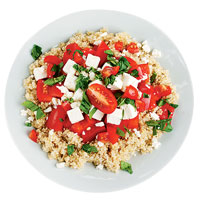
Mediterranean Diet
This regimen is characterized by a high intake of olive oil, fruit, nuts, vegetables, and cereal grains; a moderate amount of fish, poultry, and red wine; and low consumption of dairy products, red meats, and dessert.
Rating: A
“I support the Mediterranean because it’s a lifestyle and not based on calories,” Scritchfield says. “Plus there’s no one food group that it eliminates.” Research shows that the Mediterranean diet can reduce your risk of heart disease by 30 percent, and it also promotes cognitive health.

K-E Diet
Made popular by brides willing to go to extremes before their wedding day, this diet allows just 800 calories a day. A dieter ingests liquid food through a tube that’s inserted in the nose for up to ten days.
Rating: F
Not only is it “disgusting,” according to Omar, but it’s not sustainable. “You’re not focused on behavioral change,” she says.
This article appears in the February 2014 issue of Washingtonian.

